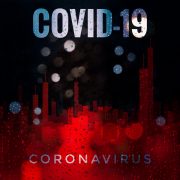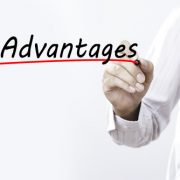The Real Pros and Cons of Unconventional Assets in a Self-Directed IRA
One of the best parts about using a Self-Directed IRA is that it opens up your retirement investment possibilities to a wide range of assets. But just because there are many benefits to expanding your portfolio doesn’t mean that these unconventional assets come without any drawbacks, either. The idea behind a properly-diversified investment nest egg is that you should hold a wide range of assets to achieve a proper balance—and unconventional assets need this diversification just as much as any asset.
With that in mind, let’s look at some of the pros and cons to holding unconventional assets in your Self-Directed IRA that you might not have considered:
Pros: A Self-Directed IRA with Unconventional Assets
Recently, an article in InvestmentNews noted that there are some $50 billion held in unconventional assets in retirement accounts. Clearly there are advantages that investors are using to enhance their portfolio.
Here are some of the positive characteristics of a portfolio that includes these unconventional assets:
- What does a strong portfolio look like? Simple: it’s the kind of portfolio that isn’t necessarily going to lose entire swaths of value just because one asset class takes a dive. Similarly, it won’t get over-extended in any particular asset class. Diversification helps create the steady, stable overall growth that retirees need.
- By owning real estate within a Self-Directed IRA, you could stand to make a lot more on your investment dollar than you ever could in the stock market. Of course, in order to make any money, there’s always the risk that you will lose money also. Even so, real estate provides a new avenue for curious investors.
- If you don’t believe that the stock market is the beginning and end of all investments, then you can hedge with different asset classes including real estate and even precious metals through a Self-Directed IRA. Precious metals typically don’t offer the returns of the stock market, but they do help you “hedge” your bets if you’re uncertain about market performance.
- Rather than hold some of these assets the traditional way, the tax and financial protections of a Self-Directed IRA can be tremendous, leading to more peace of mind. There are rules associated with these accounts, of course, but playing by the rules can be easier than you think.
Cons: Are There Issues with Unconventional Assets?
According to the InvestmentNews.com article, there are a lot of complexities as it relates to holding unconventional assets, including financing some real estate purchases in an IRA and having it trigger UBIT, or the Unrelated Business Income Tax.
What’s the reality of these complexities? Let’s examine:
- Paying closer attention to paperwork. When you Self-Direct, you’ll need to stay on top of things. It’s not always as complicated as you might think, but you’ll always want to reach out to professionals to ensure that you’re compliant with all IRS and financial regulations.
- Depending on your perspective, you might want to file this one under “pro.” But let’s be honest here: unconventional assets in an IRA mean that you have to have more responsibility about where you put your money. There’s no fund manager deciding where the money gets spent—it’s all you in this case. For many people, that can be a great thing.
- There are plenty of ways to minimize risk as an investor. If you want to take a chance at greater growth, however, you’re also going to have to build up some sort of risk tolerance.




